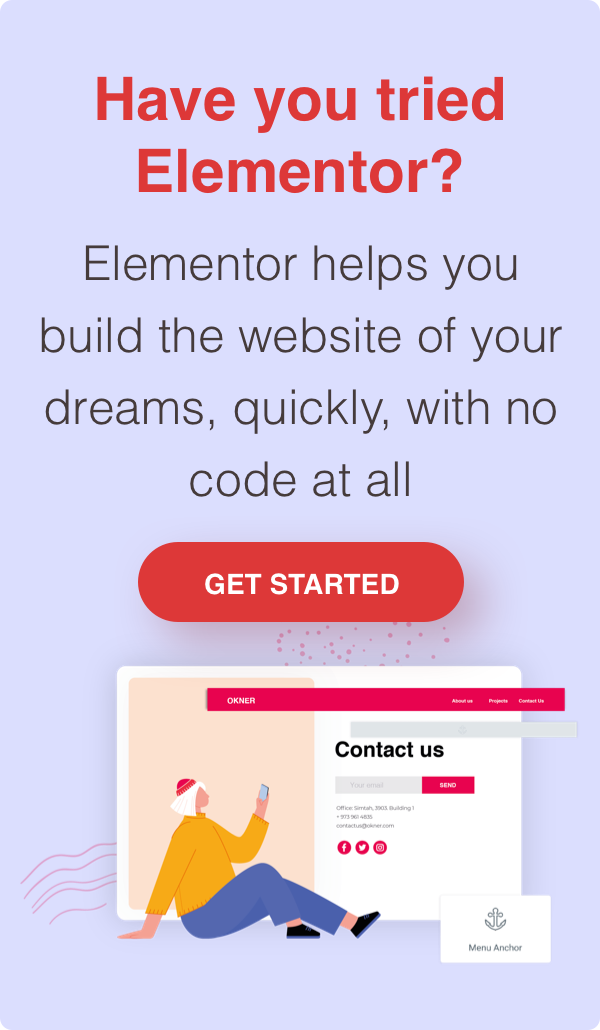The Solution
You have a lot of freedom when it comes to creating a Contact page. All themes have two primary page layouts – Default and Full-Width. Default has a sidebar and Full-width does not. Which one you choose depends entirely on how you envision your page to look and what content you put in it.
Some themes come with a Contact page template. This page template is essentially the Default layout, without a title, meta or sharing buttons, offering a clean page area for building a contact page.
To create a contact form as seen on some of our theme demos, you will need to download a Contact Form plugin. There are several to choose from, each with different features. We are using Contact Form 7, which has been around a long time and is actively supported by its developer.
Why don’t we include contact forms in the templates?
Contact forms are a notorious source of spam and hacking. We prefer to not maintain security functions and leave that up to you to be responsible for. Plugin authors are able to implement and maintain secure features such as Captchas etc that we can’t easily do in a theme.
- You can download the plugin by clicking →
- Search for Contact Form to view your options.
- To learn more about a plugin, click the Details link, otherwise click Install next to Contact Form 7.
- To create your Contact page, simply create a new page using the desired page template and add the Contact form shortcode.
Learn more about how to configure your forms here.
You may choose to add static text to the page editor, or add other content such as graphics, photos or a Google Map. If using a layout with a sidebar, you can also take advantage of Google Map widgets, the Text Widget, Contact Info widgets or other widgets you can find under the Plugins repository. If you want to control which widgets show on which pages, chck out the Dynamic Widgets plugin.





